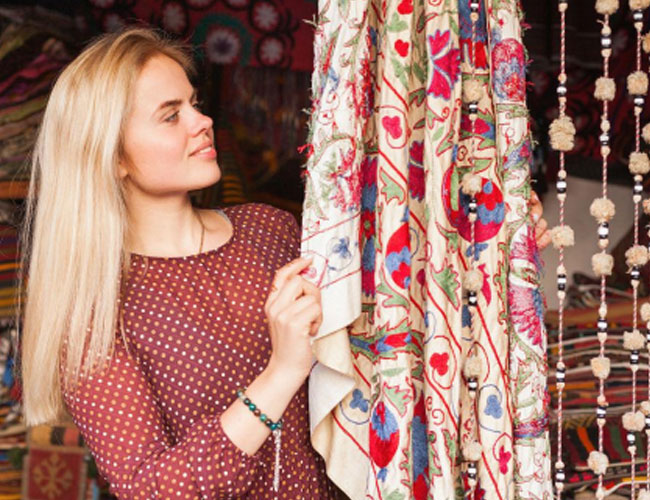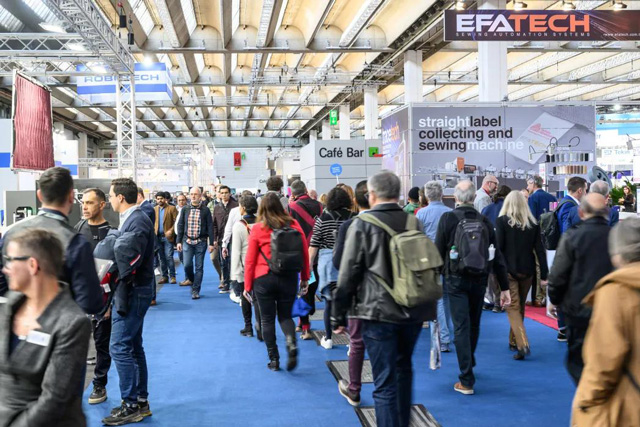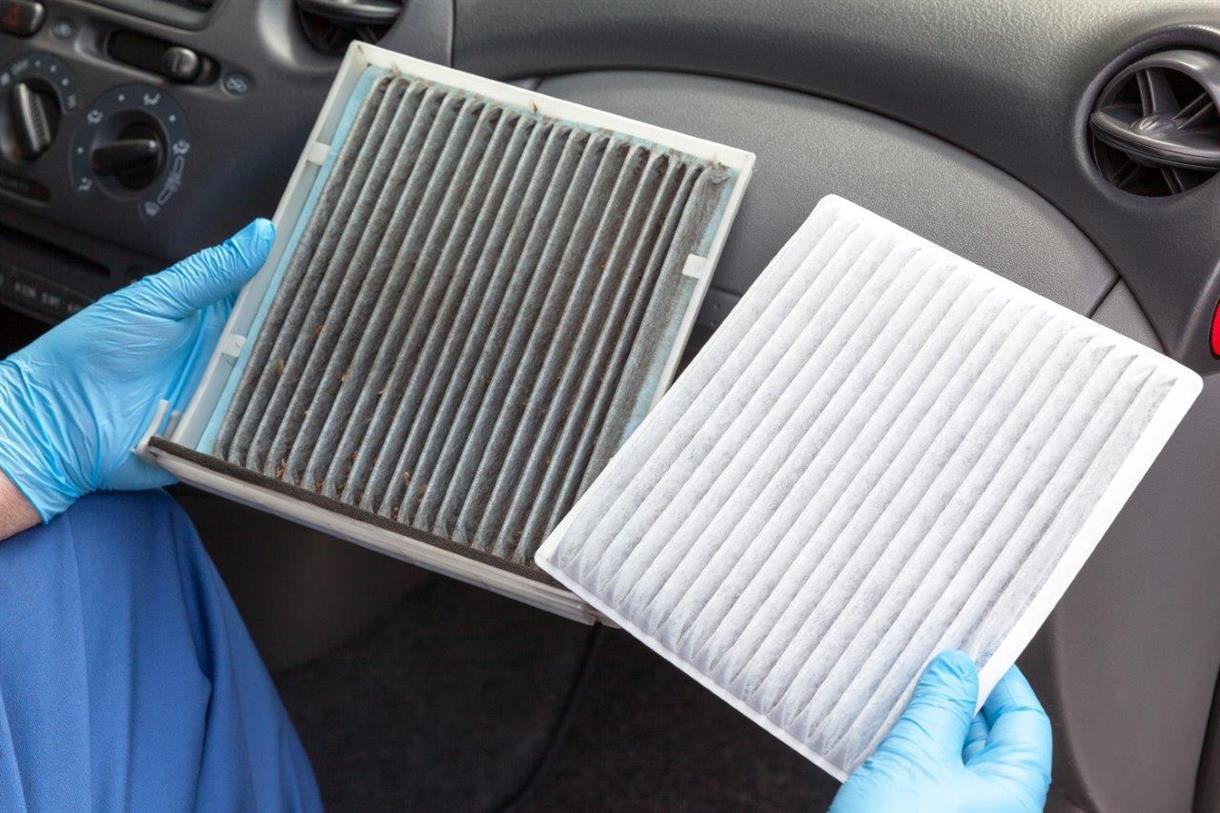
Turkey, Europe's third-largest supplier of apparel, faces higher production costs and the risk of falling further behind Asian rivals after the government raised import duties on textiles, including raw materials.
The Turkish government last week raised tariffs on hundreds of textile imports by 30-100% in an effort to support local yarn and fabric manufacturers who have called for support to counter a wave of cheaper imports.
Stakeholders in the apparel sector, which is one of Turkey's biggest employers and supplies heavyweight European brands such as H&M, Mango, Adidas, Puma, and Inditex, said the new taxes were squeezing the industry. They warned of layoffs as import costs rise and Turkish producers cede market share to rivals such as Bangladesh and Vietnam.
Technically, exporters can apply for tax exemptions, but industry insiders say the exemption system is costly and time-consuming and does not work in practice for many companies. Even before the new tax was imposed, the industry was already dealing with soaring inflation, weakening demand, and declining profit margins due to what exporters see as an overvaluation of the lira and the effects of Turkey's years-long experiment of lowering interest rates in times of inflation Rose.
An official of the Turkish TOBB Garment and Clothing Industry Assembly revealed that European consumers are now buying Turkish-made T-shirts at prices 40 percent higher than those of Bangladeshi consumers. According to industry sources, the gap was 15-20 percent a few years ago.
Turkish exporters say fashion brands can afford a price increase of up to 20 percent, but any higher prices will lead to market losses.
A manufacturer of women's clothing for the European and United States markets said that the new tariffs would increase the cost of a $10 T-shirt by no more than 50 cents. He does not expect to lose customers but says the changes reinforce the need for the Turkish garment industry to move from mass production to value-added. But if Turkish suppliers insist on competing with Bangladesh or Vietnam for $3 T-shirts, they will fail.
Turkey exported $10.4 billion in textiles and $21.2 billion in apparel last year, making it the world's fifth- and sixth-largest exporter, respectively. It is the second-largest supplier of textiles and the third-largest supplier of apparel to the neighboring European Union, according to the European Apparel and Textile Federation (Euratex).
Its European market share slipped to 12.7 percent last year from 13.8 percent in 2021. Textile and apparel exports fell more than 8 percent in the year to October, while overall exports were flat, industry data showed.
The number of registered employees in the textile industry fell 15 percent through August. Its capacity utilization stood at 71 percent last month, compared with 77 percent for the manufacturing sector as a whole, and industry officials said many yarn makers were operating at close to 50 percent capacity utilization.
The lira has depreciated 35% this year and 80% in five years. But exporters said the lira should depreciate further to better reflect the current inflation rate of over 61%, which reached 85% last year.
Industry officials say the textile and apparel sector has laid off 170,000 workers so far this year. It is expected to reach 200,000 by the end of the year as monetary tightening cools the overheated economy.

 Techtextil & Texprocess Rounded Off
Techtextil & Texprocess Rounded Off
 Nonwovens in daily life ----- filtration
Nonwovens in daily life ----- filtration
 Nonwovens in daily life ----- automotive
Nonwovens in daily life ----- automotive
 What is SAP – superabsorbent polymers
What is SAP – superabsorbent polymers